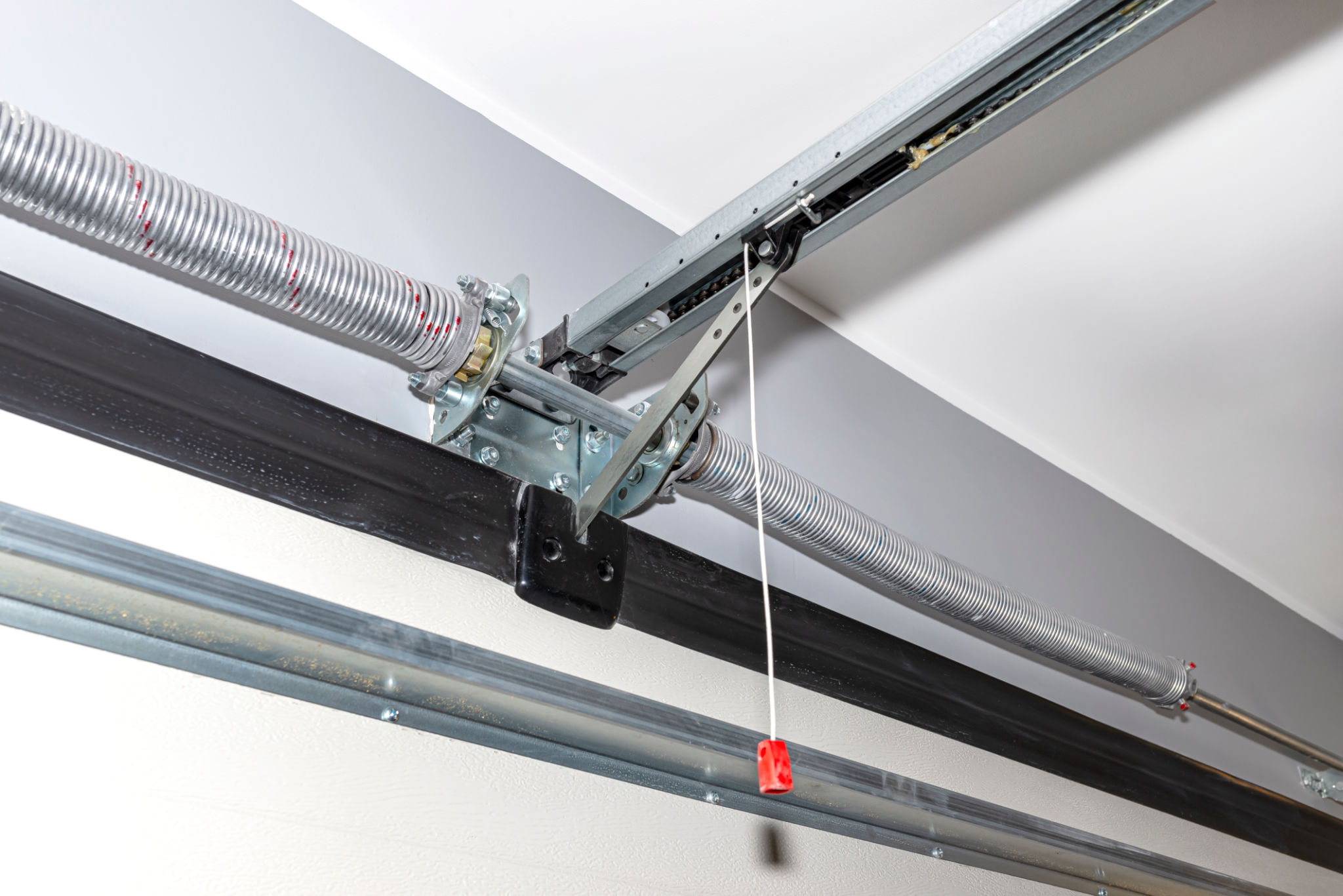DIY Tips for Basic Garage Door Repairs and Maintenance
Understanding the Basics of Garage Door Maintenance
Regular maintenance of your garage door is crucial to ensure its longevity and optimal performance. Many homeowners may not realize how a few simple checks and repairs can prevent bigger issues down the line. Whether it's lubricating moving parts or tightening loose components, basic upkeep can save both time and money.

Before diving into repairs, always ensure safety by disconnecting the garage door opener and using clamps on the track to prevent accidental closures. This precaution minimizes the risk of injury while you work on your garage door.
Lubricating Moving Parts
One of the easiest DIY maintenance tasks is lubricating the moving parts of your garage door. Proper lubrication reduces friction, ensuring smooth operation and extending the lifespan of components.
Steps to Proper Lubrication
- Clean the tracks with a damp cloth to remove dust and debris.
- Apply a silicone-based lubricant to the rollers, hinges, and springs.
- Avoid using heavy oils or grease, which can attract dirt and grime.

Regular lubrication every six months can significantly improve the performance of your garage door. Pay special attention to areas showing signs of wear or excessive noise during operation.
Tightening Loose Components
Over time, the constant movement of your garage door can lead to loose bolts and screws. Regularly checking and tightening these components is vital to maintain structural integrity.
Inspection Checklist
- Check the brackets holding the tracks in place for any loose bolts.
- Inspect the hinges and adjust any loose screws.
- Ensure the garage door opener's mounting hardware is secure.

If you notice any significant damage or wear, consider consulting a professional to prevent further issues. However, for minor adjustments, a simple wrench or screwdriver can often do the trick.
Balancing Your Garage Door
A well-balanced garage door is essential for smooth operation. An imbalanced door places unnecessary strain on the opener and can lead to costly repairs. You can test the balance by disconnecting the opener and manually lifting the door halfway. If it stays in place, it is balanced; if not, adjustments are needed.
Adjusting the balance typically involves tweaking the tension of the springs. Due to potential dangers associated with spring tension, if you're unsure, it's best to hire a professional to handle this task.

By incorporating these DIY tips into your routine maintenance schedule, you can keep your garage door functioning smoothly for years to come. Regular attention to these basic tasks can prevent more complicated and expensive repairs in the future, ensuring your garage door remains a reliable and safe component of your home.